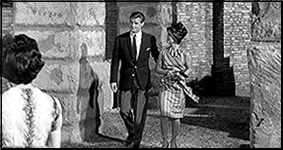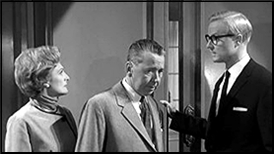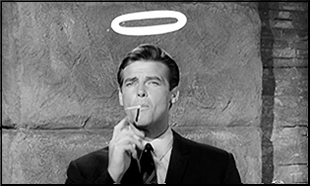Sun 27 Oct 2019
Archived PI Mystery Review: PHILLIPS LORE – The Looking Glass Murders.
Posted by Steve under Reviews[5] Comments
PHILLIPS LORE – The Looking Glass Murders. Leo Roi #3. Playboy Press, paperback original, 1980.
The first Leo Roi detective mystery, Who Killed the Pie Man [reviewed here by fellow blogger J. F. Norris], was published in hardcover in 1975 by Saturday Review Books. Nothing further was heard about him until earlier this year when Playboy Press reprinted the book in paperback. It is now fairly obvious that Lore has had a few more Roi stories stored away in a trunk somewhere since then, for two more in the series have suddenly appeared in rapid succession, both as Playboy paperback originals. (So fast, in fact, that I still haven’t seen a copy of what apparently is the second in the series, Murder Behind Closed Doors.)
Leo Roi is not a private eye, in the strictest meaning of the term, as he himself would gladly tell you. He is an investigative attorney. But as with Perry Mason, there is very little difference. He is also, excuse the expression, filthy rich. I do not mind this. I am only a little jealous, but the continuing details of his home furnishings, his wardrobe, his fleet of automobiles, these I find boring. You know?
He is married. Happily so, and his wife Christina actively helps him with his cases, They are also actively trying to start a family. This is boring too.
The case itself is not without interest. A male middle-aged professor has been living with a student, a coed, also very happily. She is murdered (her name is Alice…), and he (his name is Charles Dodo) is accused.
Leo Roi is slick, and the D.A. is dumb. And I hate books in which the culprit is known by everyone but the reader and he is caught by he simple expedient of placing some human bait in a trap.
However, any detective who has the theory Leo Roi has about the reasons behind the decline of American society that he expresses on pages 44 and 45 should definitely not stay unread. It’s just unfortunate that the author who wrote that passage doesn’t write very good mysteries.
Bibliographic Note: I did not know this at the time I wrote this review, or I’m sure I would have mentioned it. Phillips Lore was a pen name of Terrence Lore Smith, (1942-1988), who has four books in Hubin under his own name, two with a series character named Webster Daniels, one of which, The Thief Who Came to Dinner, was the basis for the movie of the same title.


